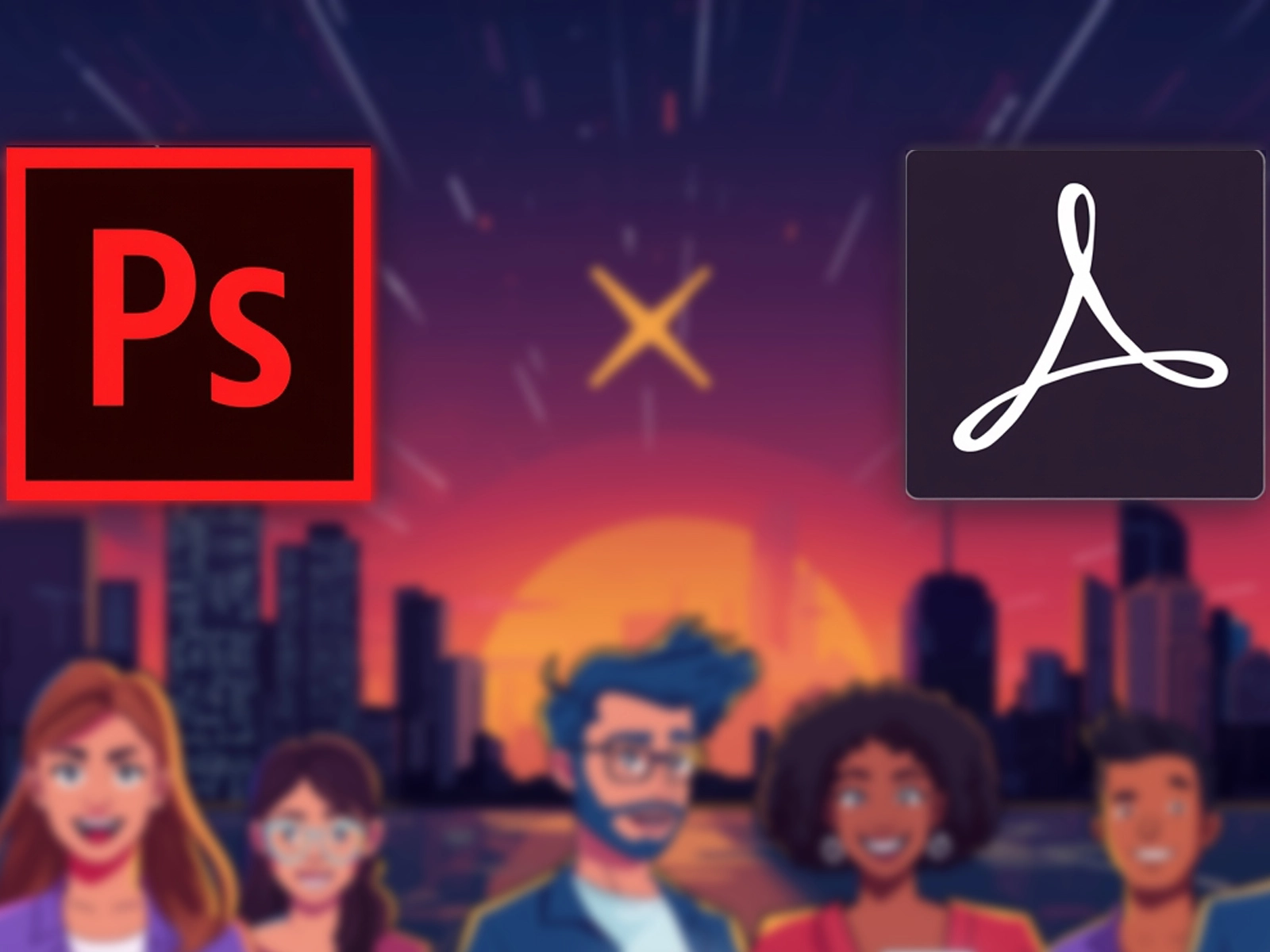
Adobe announces integration of Photoshop, Express, and Acrobat features into ChatGPT

LinkedIn launches new features to improve ad personalization

AI Overviews by Google Changed Search Almost Overnight

7 minutes
Make Your Content Easy for Generative Search Engines to Quote and Summarize — Without Sacrificing the Core SEO Principles That Still Drive Visibility
More and more users are starting their searches with AI-generated answers.
Traditional results still get clicks, but now users mostly visit websites when they seek deeper explanations, supporting evidence, or tools.
The modern SEO specialist’s role involves two key objectives:
The question arises: how can you achieve both without doubling your workload?
Before diving into specific recommendations, it’s important to understand how generative search systems build their responses.
Studies show that within 2–3 months, about 70% of the pages cited in Google AI Overviews are replaced.
This means that even if your site appears among the cited sources today, it may disappear tomorrow.
Such fluctuations occur because AI search algorithms are constantly being updated, and AI models “learn” from new data — favoring content that is more relevant, authoritative, and fresh.
Therefore, visibility in generative search is not a static achievement but a continuous process.
To stay visible to AI systems:
In the future, competing for presence in AI answers will become just as important as traditional SEO.
Sources featured in AI Overviews almost completely overlap with the top 10 Google results.
A similar pattern appears in Perplexity, with about 60% overlap.
In other words, if you don’t rank well in traditional search, your chances of being cited by AI are minimal.
Read more about how to increase your visibility in AI search with brand mentions.
Start with an answer — and then motivate them to go to the page
Generative search engines prioritize precise facts with clear attribution.
For statistics or quotes less than three years old, always cite the original source.
Practice: When citing data or research, refer to the original publication rather than curated lists or summaries.
Use subheadings in the form of questions and step-by-step instructions instead of long continuous blocks of text.
This helps AI understand the structure and logic of your material.
Practice: Turn large sections into Q&A blocks or checklists.
Show who created the content, which sources were used, and how fact-checking was conducted.
Authorship, update date, methodology, and clear references all strengthen trust from both users and algorithms.
Practice: Add a short “How We Researched and Tested” block to key pages.
Although there’s no dedicated markup for AI Overviews, high-quality schema markup helps search engines better interpret your page content.
Studies show that pages with proper markup are more likely to be cited by AI systems.
Practice: Add Article schema to all editorial materials. If relevant, use FAQPage, HowTo, Product, or Review markup.
If your content loads slowly, is hidden behind heavy scripts or overlays, or relies on intrusive pop-ups — visibility drops.
AI search, like Googlebot, requires clean HTML structure.
Practice: Use server-side HTML rendering, minimize JavaScript, and avoid entry pop-ups.
Include a short overview for readers who skim and an in-depth analysis for those who want to explore further.
Use a table of contents and collapsible sections — they make navigation easier for both humans and AI.
Practice: After the introduction, add a “Key Takeaways” section followed by expandable detail blocks.
Visibility and citation in Google AI Overviews can fluctuate weekly and vary across categories.
Update articles only when the substance changes — new tips, prices, features, or comparisons.
Simply changing the date without meaningful edits is useless.
Practice: Maintain a change log at the end of evergreen articles and specify what and why was updated.
Instead of lengthy “X vs Y” text descriptions, create tables with clear criteria, parameters, and recommendations for each option.
This makes information easier to process for both readers and AI.
Practice: Add a “How We Chose” section explaining the principles and criteria of evaluation.
Create a mini glossary within the text for important terms, models, ingredients, or concepts.
Short, accurate definitions are often quoted by generative systems.
Practice: Place definitions when the term first appears and include a glossary at the end of the article.
Bing Copilot, Perplexity, and other AI search engines base answers on verified and high-ranking pages.
The higher you rank in traditional search, the better your chances of being cited by AI.
Practice: Track priority queries in Google and Bing, identify gaps, and optimize for both systems.
Treat each section as the start of a dialogue.
End it with two or three questions the user might ask next.
This increases the likelihood that your content remains useful at every stage of the search journey.
Practice: After key sections, add a “What to Ask Next?” or “Further Research Questions” block.
Write to help readers accomplish a specific action: evaluate, choose, implement, or solve a problem.
Include prerequisites, common mistakes, and expected timelines.
Practice: Create checklists, schedules, and first-week action plans for any instructional guide.
Original studies, screenshots, or step-by-step demonstrations build credibility and make you a primary source.
AI Overviews tend to cite deep pages more often than homepages, so develop content with tangible proof.
Practice: Publish at least one small research or test each quarter and link to the underlying data.
The number of video links in AI Overviews is increasing, especially for educational content.
If your product or topic benefits from visual demonstration, create a short video with clear titles and timestamps.
Practice: Embed videos at the top of the article, ensure matching titles and captions, and apply proper schema markup.
Due to frequent fluctuations in AI Overview citations, a single “hero” article can lose visibility quickly.
Instead, create content clusters — a pillar page, comparison pages, implementation guides, and sections covering mistakes and tools.
Practice: For each key topic, develop 4–6 supporting materials that address different user intents.
AI Overviews may reduce click-through rates, but that doesn’t mean they lack value.
Track:
Practice: Create a weekly visibility dashboard tracking which pages appear in AI Overview, how often links change, and whether they drive new visits.
Modern optimization is no longer just about ranking — it’s about being quoted.
You’re creating content for people who first read an AI summary and then decide which source to click.
To stay visible, make your content easy to quote, verifiable, and trustworthy.
Combine solid facts, logical structure, and original evidence — and your site will gain an advantage both in traditional search and in generative answers.
Read this article in Ukrainian.
Say hello to us!
A leading global agency in Clutch's top-15, we've been mastering the digital space since 2004. With 9000+ projects delivered in 65 countries, our expertise is unparalleled.
Let's conquer challenges together!
performance_marketing_engineers/
performance_marketing_engineers/
performance_marketing_engineers/
performance_marketing_engineers/
performance_marketing_engineers/
performance_marketing_engineers/
performance_marketing_engineers/
performance_marketing_engineers/